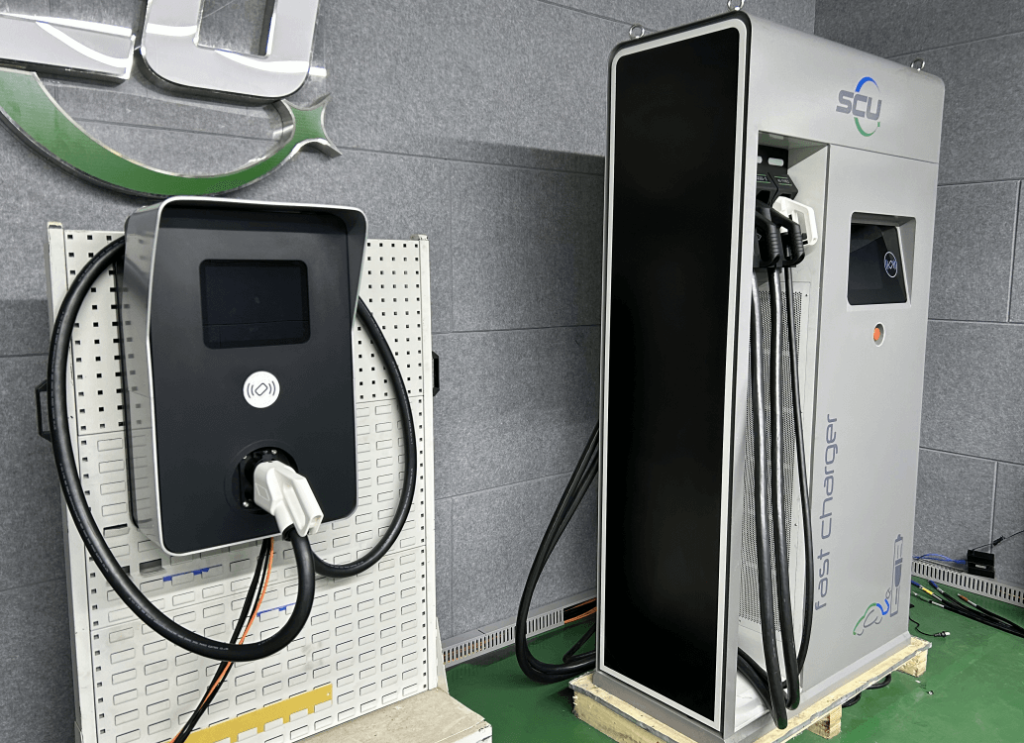Energy storage is an important means of achieving social carbon emission reduction and an indispensable new energy infrastructure for a future zero-carbon society. The downstream application scenarios of energy storage are diverse, and the selection of core components such as energy storage battery devices is also different in different scenarios. According to the differences in terminal application scenarios, energy storage is divided into electric energy storage, communication energy storage, and portable energy storage. The energy storage market in different scenarios pays different attention to lithium battery products, but for lithium battery products, the core of realizing large-scale application in the field of energy storage is still to reduce costs.
1. Power storage products
Towards the development of large-capacity batteries, de-modularization is the general trend. Electric energy storage is used in the fields of power generation, power grid, and industrial and commercial. Specific products can be divided into capacity type and power type. Among them, capacity-type applications require cells and systems to have high cycle life and a wide operating temperature range. Power-type energy storage needs to realize short-time charging and discharging functions, and requires high-rate charging and discharging. The requirements for cycle life and rate are prior to energy density.
The cell line of electric energy storage products includes square/cylindrical/soft pack + lithium iron/ternary/lithium titanate. Based on considerations such as safety, cycle life and regulatory policies, most of the market adopts the square lithium iron route. In the short term, various product routes will still coexist and develop and complement each other. However, from the perspective of safety, the mainstream route of electric energy storage lithium battery is still the square + lithium iron phosphate route in the medium and long term.
In terms of batteries, there is an obvious trend of upgrading energy storage batteries towards large capacity and long cycle life. The latest generation of energy storage cells of leading companies are long-cycle and large-capacity models. Large cells have obvious advantages in power storage applications:
(1) Large cells are easier to obtain high volumetric energy density;
(2) The usage of parts at the ACK side is reduced, which is conducive to cost reduction;
(3) Large batteries are easier to obtain high capacity;
(4) Security improvement;
(5) The assembly process in the integration field is simplified.

2. Portable energy storage products
Portable energy storage products have a high degree of overlap with consumer electronics 3C in terms of design concepts and usage occasions. Therefore, portable energy storage is significantly affected by the consumer electronics 3C lithium battery supply chain, and the technical routes are diverse. On the whole, portable energy storage cells are still dominated by cylindrical 18650 cells, and cylindrical 21700 and larger cylinders have been applied in small batches in some occasions with more stringent charging requirements.
In addition to cylinders, some lithium battery brands that produce soft packs and square cells are also increasing the development of downstream customers stimulated by the growth in demand for portable energy storage, which has increased the proportion of soft packs and square cells in portable energy storage applications. Nevertheless, the penetration rate of soft packs in the portable energy storage market is difficult to increase significantly because the consistency of soft pack batteries is temporarily difficult to meet the demand.
3. Communication energy storage products
The standard is high, and the cycle life and rate requirements are low. Communication energy storage is mainly used for backup power supply of communication base stations such as 4G and 5G. Due to the high degree of standardization in the downstream market, the lithium battery packs used in this field are mainly standardized products. In the past, the backup energy storage products of communication base stations were mainly lead-acid batteries, but lead-acid battery products pollute the environment, are bulky and have low energy density, and cannot meet the application requirements of new-generation communication technologies such as 5G base stations and pico base stations. In the future, lithium batteries and Sodium batteries are expected to become the mainstream choice for communication energy storage batteries.
Communication (base station) energy storage batteries have general requirements on energy density, cycle life, and rate. For example, communication backup power cycles can reach 2,000 times, and the rate is generally 0.5C, but they are more sensitive to battery cost, safety, and standardization. Based on cost and stability considerations, it is still the mainstream choice for communication energy storage in the short to medium term, but the application range of sodium-ion batteries and decommissioned batteries (on the premise that the consistency is guaranteed) is expected to gradually expand.
